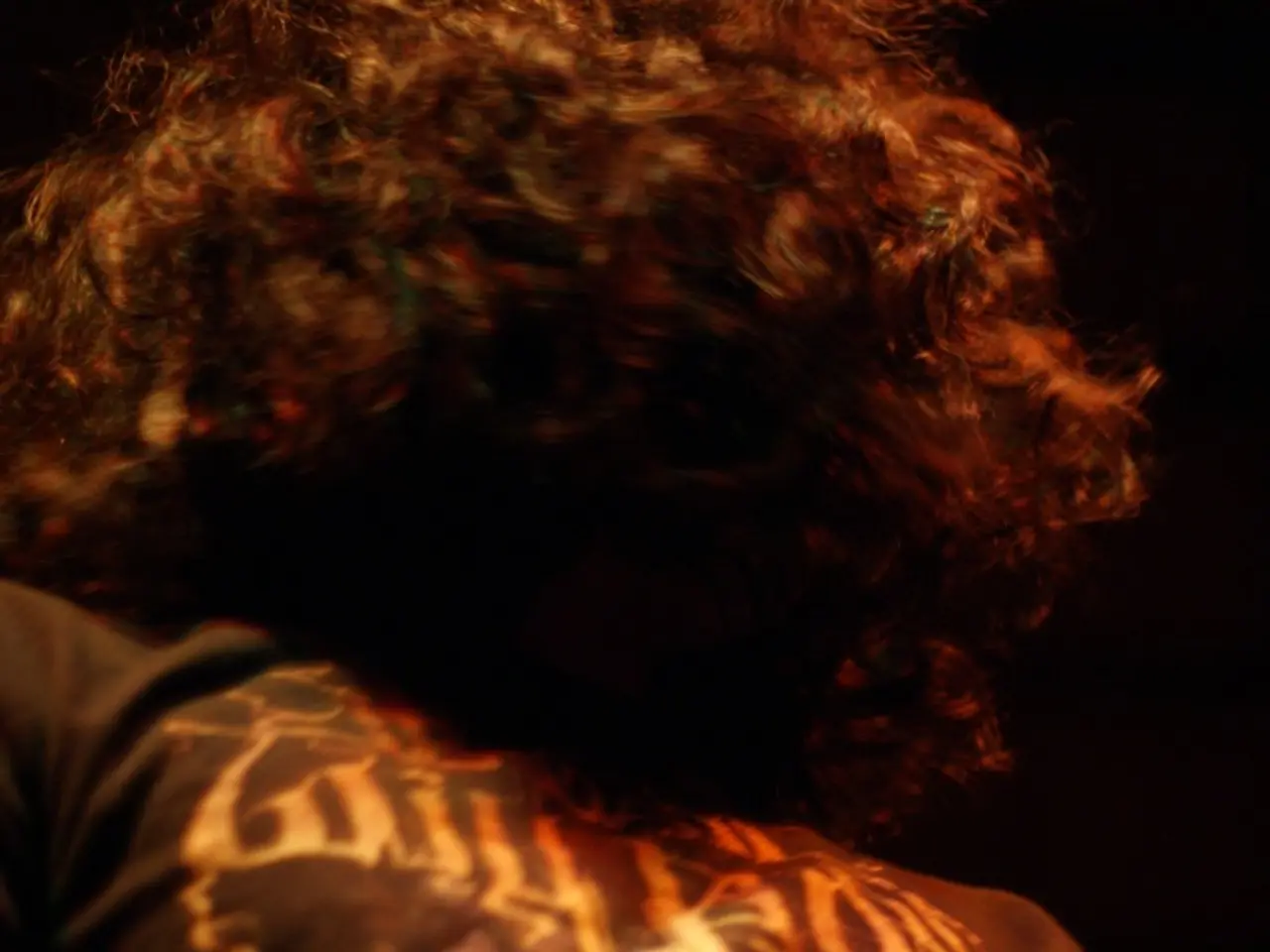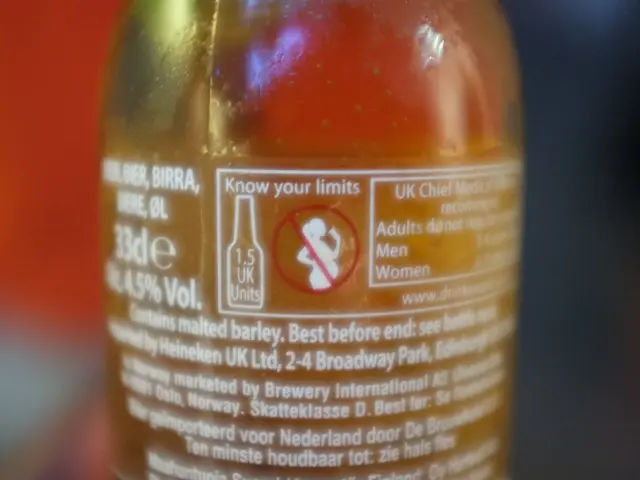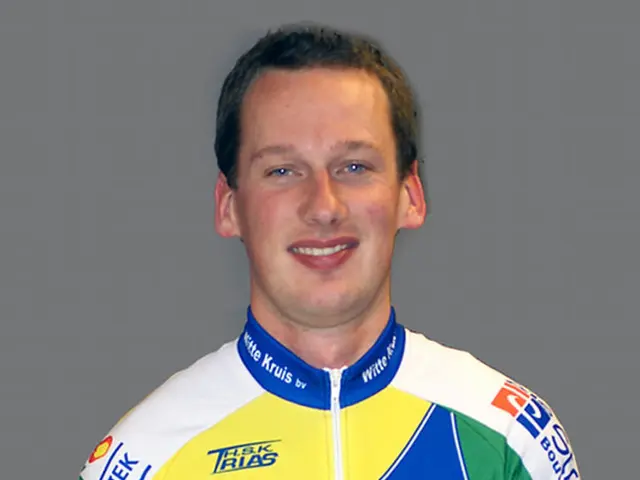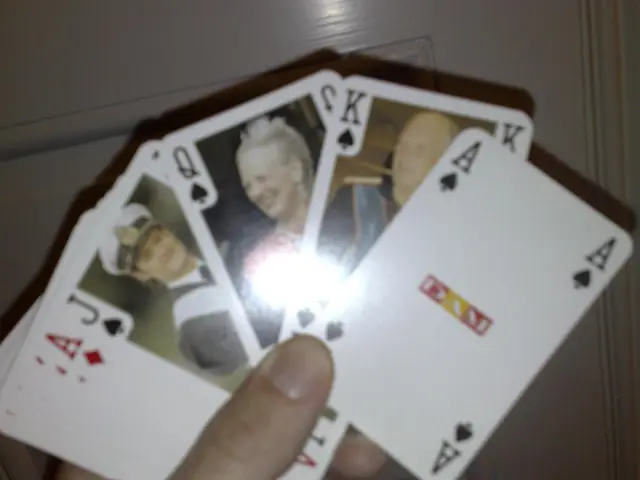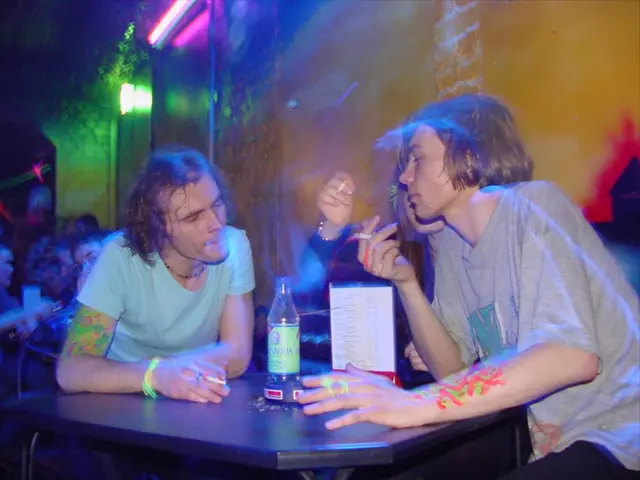Understanding Trichotillomania: A Hair-Pulling Condition
Hair twirling: An examination of its implications and potential consequences
Trichotillomania, a compulsive hair-pulling disorder, can be a source of concern for many. This chronic condition, characterised by an irresistible urge to pull out one's hair, is complex in nature, involving a blend of genetic, neurobiological, and environmental factors.
Genetic and Neurobiological Factors
Research indicates that trichotillomania may have a genetic component, with certain gene variants potentially playing a role [1][3]. Imbalances in neurotransmitters like serotonin, which can impact impulse control, are also implicated [1][3].
Environmental Influences
Stress, anxiety, and emotional distress are often triggers or reinforcers for hair-pulling behaviours [1][3]. It's essential to note that twisting or pulling hair can also be a response to boredom or an anxiety disorder.
Side Effects and Consequences
The side effects of trichotillomania are primarily hair loss and significant distress. Individuals may also experience social withdrawal, emotional dysregulation, and comorbid conditions such as depression and anxiety [2][4]. Repetitive hair twirling and pulling can lead to noticeable hair loss, impacting one's self-image and confidence.
Treatment Options
Managing trichotillomania often requires a multi-faceted approach, combining therapies and medications:
- Psychotherapy: Cognitive Behavioral Therapy (CBT) and Habit Reversal Training are commonly used. CBT helps in identifying and changing negative thought patterns and behaviours, while Habit Reversal Training focuses on replacing hair-pulling with a less harmful habit [2][5].
- Medications: Selective Serotonin Reuptake Inhibitors (SSRIs) are often prescribed to help manage associated anxiety and depression [1][5].
- Additional Strategies: Topical treatments like Minoxidil or PRP therapy can aid in hair regrowth, while psychoeducation for family members and ongoing psychiatric care are crucial [2].
Seeking Professional Help
If you have concerns about hair twirling or damage to your hair, it's best to consult a doctor for advice. They can diagnose an underlying anxiety disorder related to hair twirling and recommend appropriate treatments. Styling the hair so that it is too short to twirl may also be considered as a preventive measure.
Remember, keeping a diary of hair twirling can help identify triggers and patterns, making it easier to address the issue with a healthcare professional. With the right support and treatment, it's possible to manage trichotillomania and regain control over your hair and your life.
[1] American Psychiatric Association. (2013). Diagnostic and Statistical Manual of Mental Disorders (5th ed.). Arlington, VA: American Psychiatric Publishing. [2] Abramowitz, J. S., & Taylor, S. (2019). Trichotillomania. In J. S. Abramowitz, & M. A. Franklin (Eds.), Obsessive-Compulsive and Related Disorders: A Comprehensive Textbook (pp. 471–485). Guilford Publications. [3] Swedo, S. E., Rettew, D. C., Leonard, H. L., Lenane, M. E., & Rapoport, J. L. (1992). Trichotillomania: A preliminary report of five cases with compulsive hair pulling and neuropsychiatric abnormalities. Archives of General Psychiatry, 49(10), 768-773. [4] Flessner, C. A., Franklin, M. A., & Swedo, S. E. (2009). Trichotillomania: Clinical features, pathophysiology, and treatment. The Lancet Neurology, 8(7), 647-655. [5] Franklin, M. A., & Flessner, C. A. (2014). Trichotillomania. In D. H. Barlow, J. S. Abramowitz, & C. H. Antony (Eds.), Clinical Handbook of Psychological Disorders (5th ed., pp. 943-953). Guilford Press.
